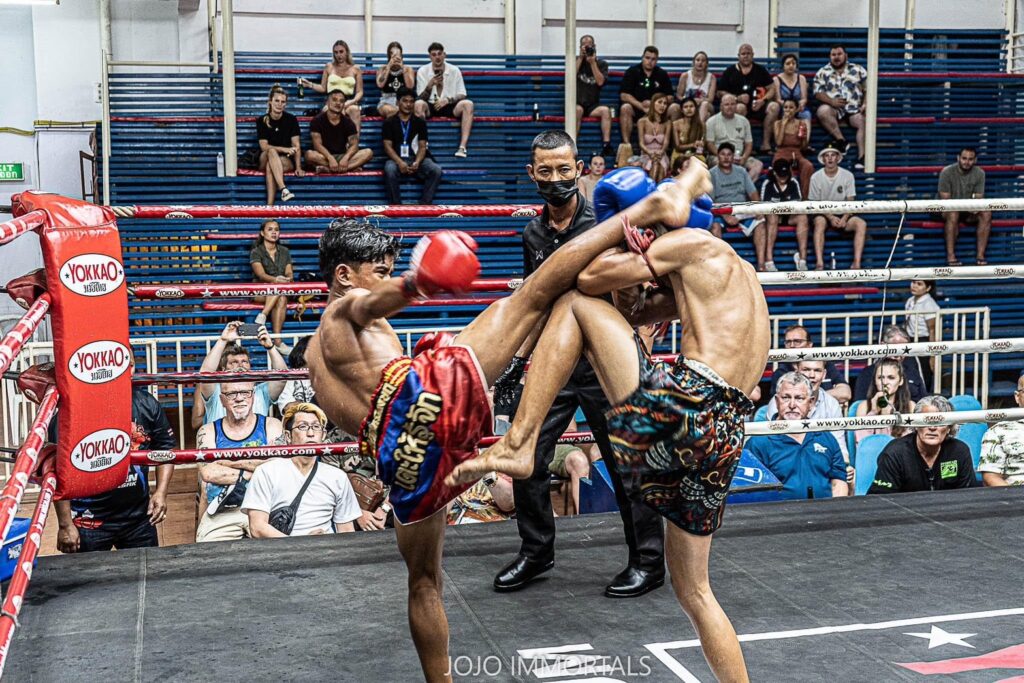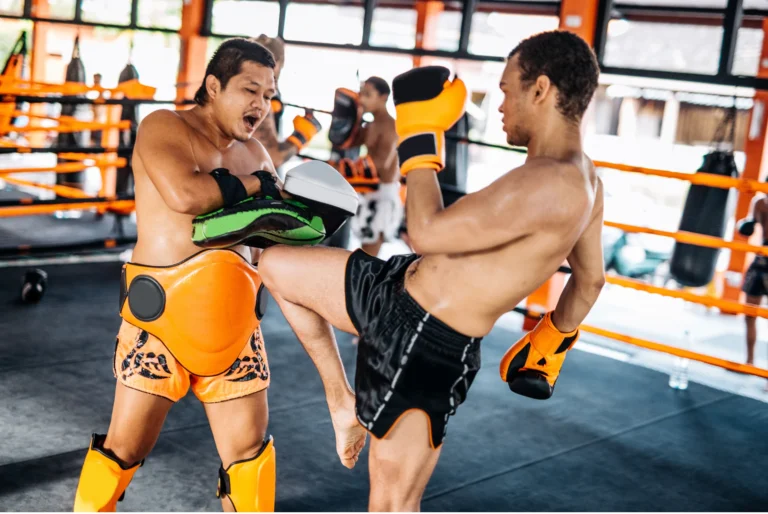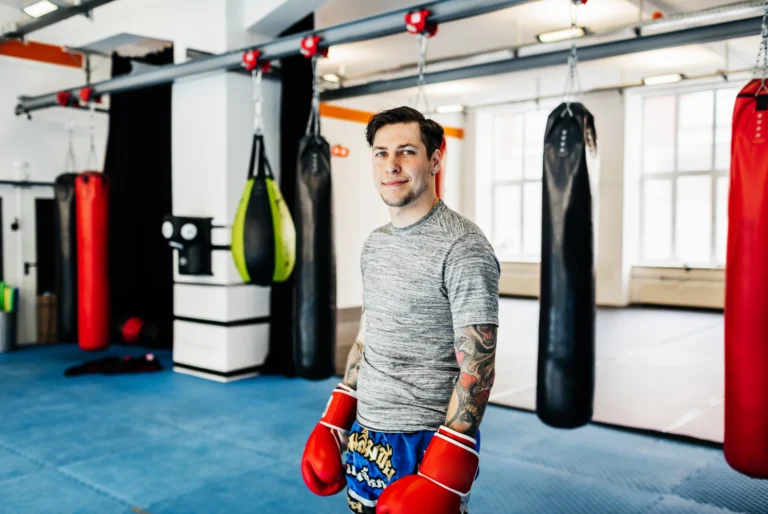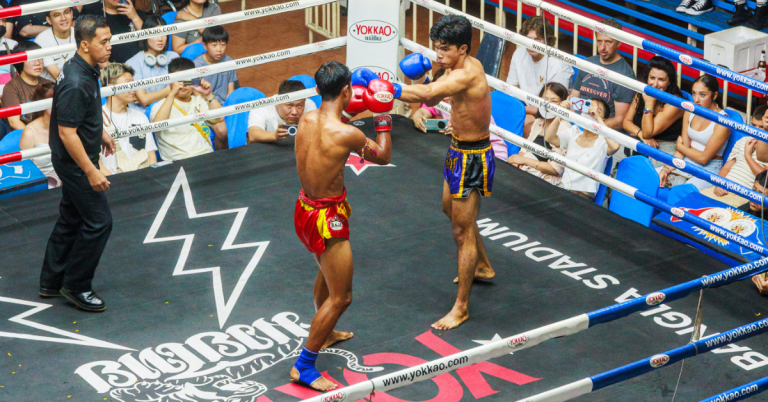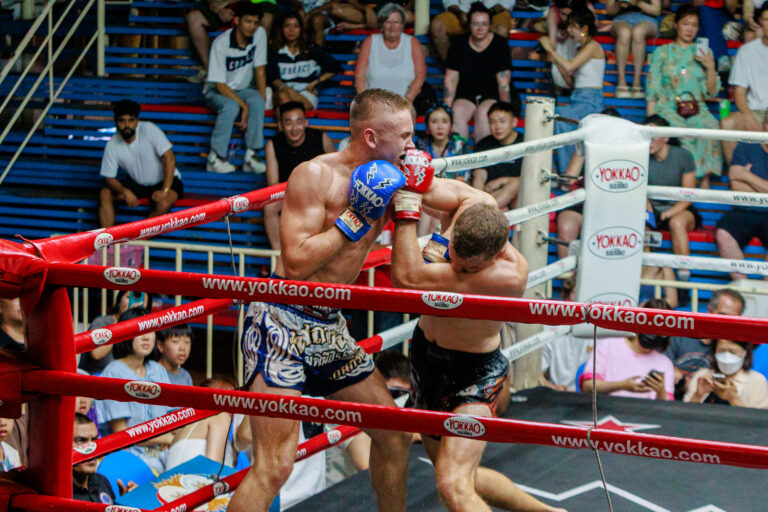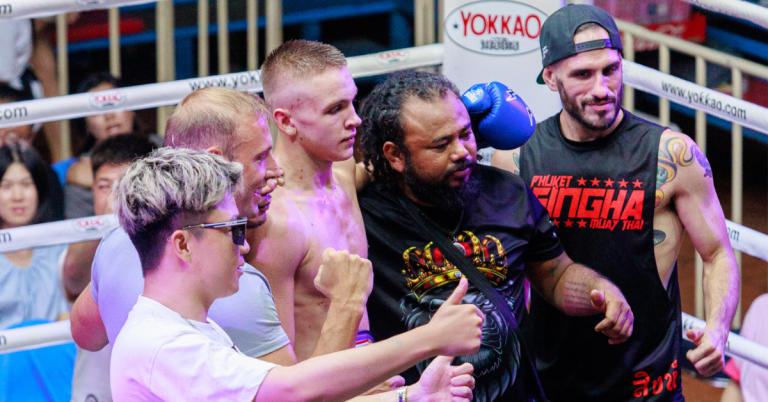Exploring Muay Thai raises natural questions about how this martial art compares to other popular disciplines like kickboxing, karate, or Brazilian Jiu-Jitsu (BJJ). Understanding the unique aspects of Muay Thai and its differences from other martial arts helps enthusiasts appreciate the sport more deeply and determine alignment with personal interests.
Muay Thai vs. Kickboxing
Kickboxing represents perhaps the most similar martial art to Muay Thai, as both disciplines involve striking with punches and kicks. However, Muay Thai distinguishes itself by also incorporating elbow and knee strikes, along with clinching techniques. Muay Thai fighters spend significant training time in the clinch, using it to control opponents, deliver knee strikes, and throw adversaries off-balance. Kickboxing, on the other hand, typically does not allow clinching and focuses more on long-range striking.
According to martial arts analysis from Wikipedia, kickboxing evolved as a hybrid sport combining elements from various striking arts, while Muay Thai maintains its traditional eight-point striking system.
Explore more: Your Guide to Kickboxing Training in Patong
Muay Thai vs. Karate
Karate is a Japanese martial art that primarily focuses on striking techniques, including punches, kicks, and open-hand strikes. While both Muay Thai and karate involve striking, they differ in approach and emphasis. Karate places strong emphasis on linear movements, precision strikes, and maintaining solid stances. Muay Thai, in contrast, incorporates more fluid, circular movements and emphasizes powerful, multi-directional strikes.
Additionally, Muay Thai places greater focus on conditioning, with fighters engaging in rigorous training to build strength, endurance, and toughness. Traditional karate emphasizes kata (forms) and point-based sparring, while Muay Thai training centers on full-contact preparation.
Muay Thai vs. Brazilian Jiu-Jitsu
Brazilian Jiu-Jitsu (BJJ) represents a grappling-based martial art focusing on ground fighting and submission techniques. In contrast to Muay Thai, which remains primarily a striking art, BJJ emphasizes taking opponents to the ground and using joint locks and chokeholds to force submissions. While Muay Thai incorporates some grappling elements through clinching, it lacks the same depth of ground fighting techniques as BJJ.
Many Muay Thai practitioners cross-train in BJJ to develop more well-rounded skill sets, particularly for mixed martial arts competition.
The Unique Aspects of Muay Thai
Despite sharing some similarities with other martial arts, Muay Thai possesses several unique characteristics that set it apart. One of the most distinctive elements involves the “Art of Eight Limbs,” which refers to the use of punches, kicks, elbows, and knee strikes. This diverse array of striking techniques allows Muay Thai fighters to attack from various angles and ranges, making it a dynamic and versatile martial art.
Another unique aspect centers on its deep connection to Thai culture and tradition. The pre-fight rituals, such as the Wai Khru ram muay dance and the wearing of Mongkol headbands and Prajioud arm bands, add a rich cultural dimension to the sport. These traditions form an integral part of Muay Thai and contribute to the overall spectacle and atmosphere of the fights.
Understanding Through Live Competition
While Muay Thai shares some similarities with other martial arts like kickboxing, karate, and BJJ, it possesses distinct characteristics that make it a unique and compelling discipline. Understanding these differences helps martial arts enthusiasts make informed decisions about training paths and appreciate the sport’s depth and cultural richness.
Experiencing live Muay Thai competitions provides the most authentic way to understand what distinguishes this martial art from others. Professional Muay Thai fights in Phuket showcase the full spectrum of techniques—elbow strikes, knee attacks, clinch work, and traditional ceremonies—that separate Muay Thai from kickboxing and other striking arts. Stadium atmospheres electrify as fighters demonstrate the eight-limb striking system in real competition.
Patong Boxing Stadium offers premier viewing experiences where spectators witness authentic Muay Thai technique application. Professional fighters showcase the circular movements, powerful strikes, and clinch dominance that distinguish Thai boxing from linear karate styles and ground-focused BJJ. Traditional pre-fight ceremonies reveal the cultural depth that makes Muay Thai more than just a combat sport.
For those seeking convenient access to authentic competitions, Bangla Boxing Stadium presents another excellent venue. Located behind Jungceylon in Patong, this stadium hosts regular fight nights featuring the complete Muay Thai experience—from Wai Kru ceremonies to eight-point striking demonstrations—providing clear visual understanding of how Thai boxing differs from other martial arts through live athletic performance.
